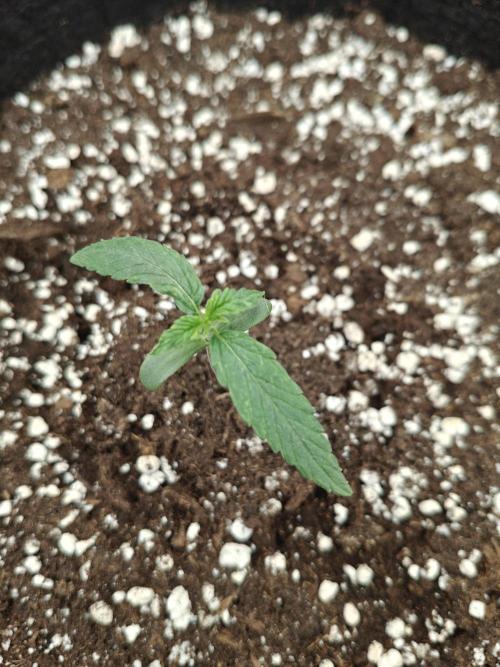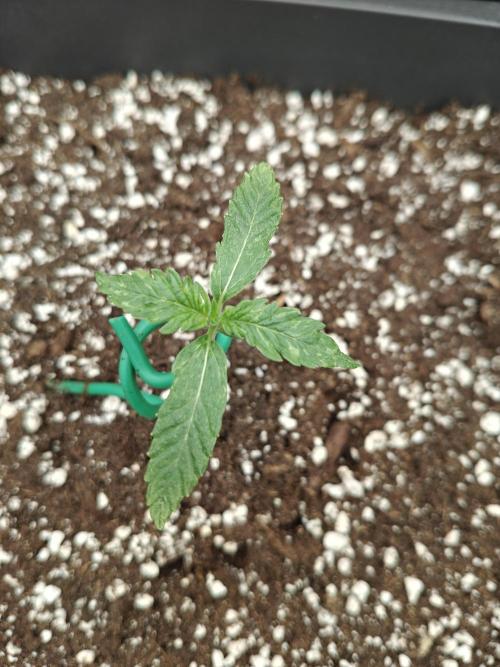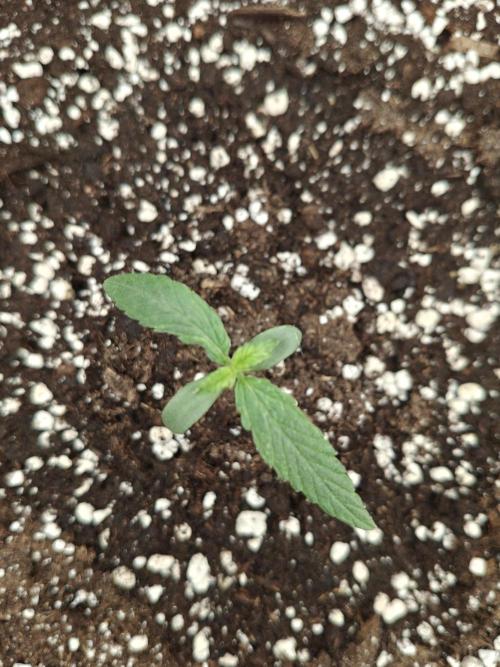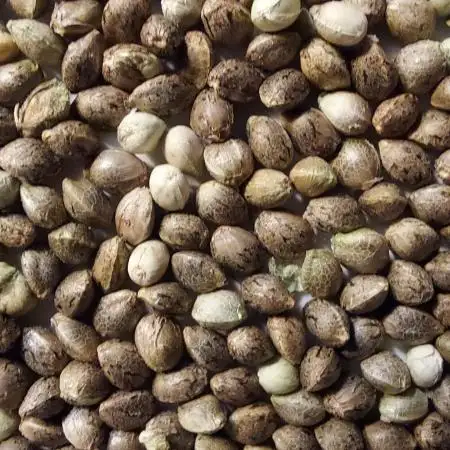The Grow Awards 2026 🏆
UV and blue light for seedlings
BigBuddy91started grow question 4mo ago
UV for 12 days old seedlings?
I use an 3x3 tent with FC4800 (480w) full spectrum Samsung LM301H EVO now on 13% and around 64cm from canopy. Is 123 PPFD. I have MarsHydro Adlite with blue and also UV. Will it be good to add blue and maybe 5 minutes and hour UV?
Solved
likes
00110001001001111Oanswered grow question 4mo ago
UV for a seedling is worthless. It is not useable for photosynthesis.
UV is a only a benefit assuming the response outweighs the damage. That still isn't proven beyond a doubt and you use UV when trichomes are forming at faster rates, not during vegetative phase. Useing UV in vege phase will just cause a plant to develop resistance to the stress, mitigating the potential benefit of UV later on.
So, save the UV for flower phase.. maybe even 2-4 weeks into it -- around the time trichome production ramps up. The whole idea is that it causes 'more' trichomes to develop as a response to the stress/damage the uv is causing. The difference, if any, is so small thy have a hard time distinguishing it from normal volatility, so do with that as you will.
Blue vs red - proven effect but it does not have to be a large effect to be a proven correlation. It will never change a squat, bushy plant into a lanky bitch. So, if you know something is more lanky than average, then possibly using a blue light early on or even throughout vegetative growth (leaf growth and stem elongation) could make some small impact on resulting growth pattern, but does that outweigh any less than ideal spectrum of light used? I'd stick to an ideal spectrum over trying to bomb it with blue or red wavelengths.
I've been growing with half my area 2900K and half 3300K (3294K or 3394K, i forget)... With the naked eye and 8-10 plants of varying genetics there is no perceivable difference.
Anything that negatively impacts photosynthesis or co2 intake (transpiration) is going to be very difficult for any perceived benefit to justify the cost.
as far as how much light ("DLI" is the right metric to use), what is recommended is a good place to start. you still need to observe and adjust to growth pattern for fine-tuning. Node spacing looks fine, so light intensity is probably fine, too. Take notes based on timing of results and adjust in future, if necessary. It'll quickly want more and growth pattern will tell you. pre-empt any 'bad' stretching, next time. You may also find seasonal differences based on Temp, RH% and atmospheric co2, so a plan for summer and winter may be slightly different even if indoors.
sanibelislanswered grow question 4mo ago
add the blue, it will increase and promote growth... up the ppfd to 250 with steady increases as the matures, good luck
likes
Complain
John_Krameranswered grow question 4mo ago
Blue yes
UV no
IR,Red no (yes if u need to stretch)
300 ppfd yes
likes
Complain
m0useanswered grow question 4mo ago
Agree with others on the UV comments below. Not needed.
likes
Complain
Ultravioletanswered grow question 4mo ago
Want it around 300ppfd at this stage on an 18-hour.
A little extra supplemental blue never hurt a plant during the veg period. Veg plants enjoy 5000K-7000K.
UV bands: 365nm-420nm Making it 99% pointless and gimmicky.
likes
Complain
HandsomeTerpzanswered grow question 4mo ago
👋🏻 hi
Your seedlings look healthy and the PPFD of 123 is actually right in the safe zone for 12 day old plants. For the first couple of weeks, seedlings generally thrive in the 75–150 µmol/m²/s PPFD range, so you’re spot on. As they get bigger you can slowly raise intensity towards 200–300 PPFD.
Blue light: A little extra blue can be useful, as it encourages compact growth with stronger leaves and stems. Most full spectrum LEDs already have enough blue in them, so adding the bar won’t hurt if you keep the total intensity balanced.
UV light: This is something to be careful with at this early stage. Scientific trials show UV can reduce stretch and make leaves thicker, but too much too soon will stress seedlings or even burn them. That’s why most growers hold off on UV until later in veg or even early flower. If you really want to start now, keep it very minimal (like the Mars Hydro suggestion of 5 minutes per hour) and monitor the plants closely.
My recommendation
————————————
stick with your current PPFD, maybe add a touch of blue if you like, but wait until the plants are stronger before you bring in UV on a regular basis. At this age, consistency and gentle conditions will help them the most.
Have Fun and enjoy
likes
Complain

